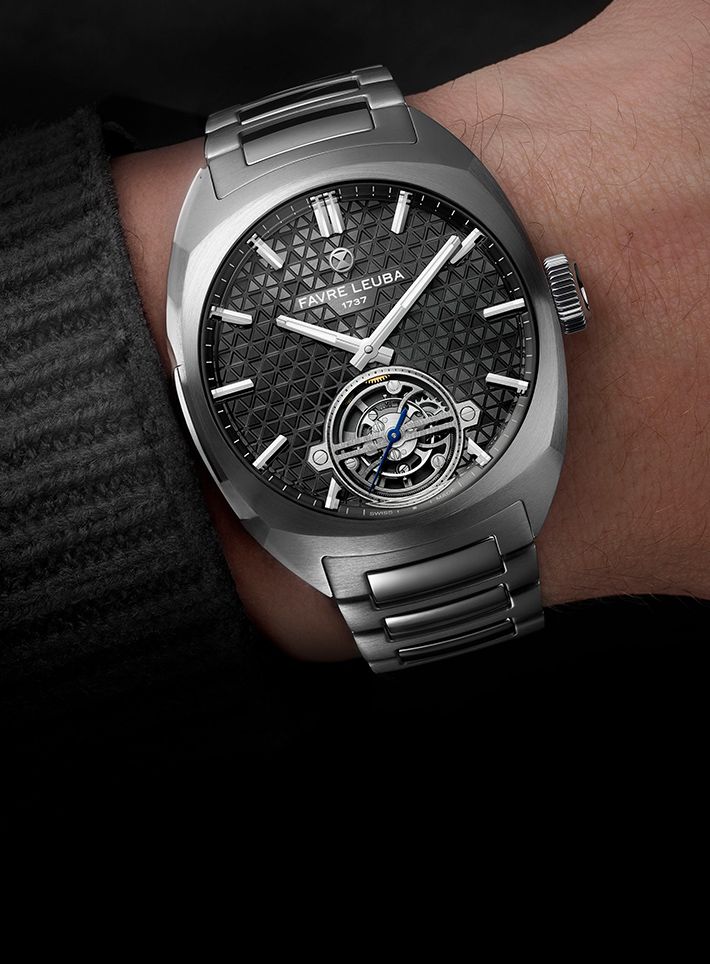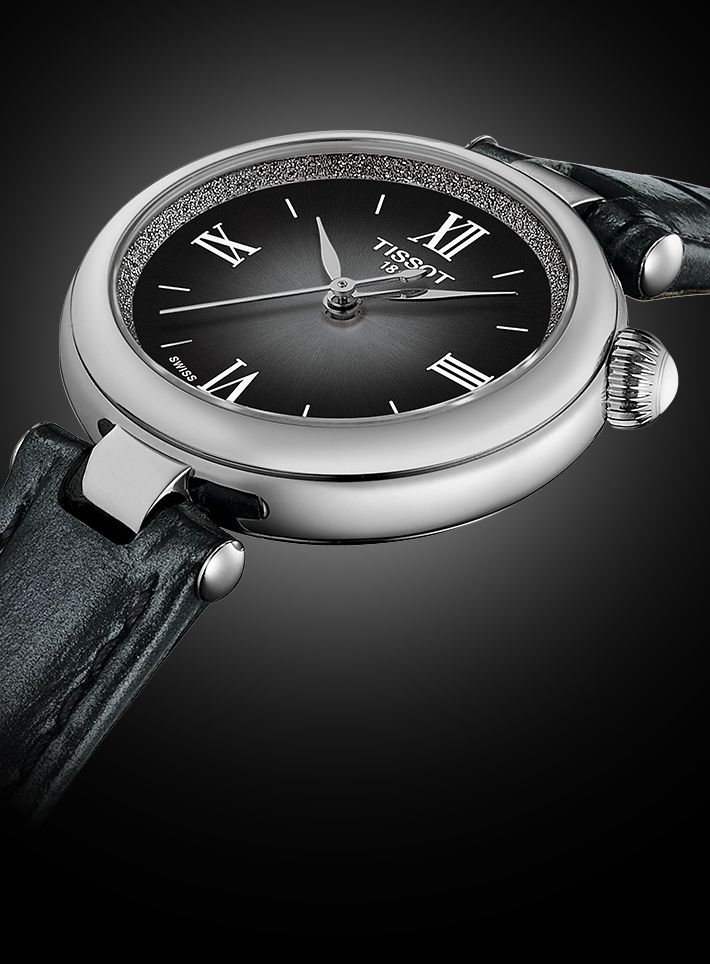FeatureThe Astronomical Splendour Of The Moon Phase Watch And How It Works
Moon phase indicators are older than the oldest timekeeping mechanisms themselves. Today, however, complications of heavenly bodies are incorporated quite commonly even on wristwatch dials. Here’s a look at the basics of moon phases, and how they are displayed on watches
May We Recommend
On the evening of January 31 this year, all eyes were on the sky to witness the ‘super blue blood moon’. This is an extremely rare phenomenon that combines three astronomical occurrences, and takes place only once in about 150 years, depending on which part of the world you’re in. Owing to the elliptical orbit of the moon around the earth (apart from the changes in the moon phase), the moon’s size also increases or decreases, depending on how close it is to the earth. When it is at its largest, as it was on January 31, the moon is called a supermoon. Adding to that was the fact that it was a blue moon – the second full moon in the month. The third phenomenon that made it a super blue blood moon was the total lunar eclipse when the earth came directly in the path of sunlight falling on the moon, creating a shadow and hence giving it a red glow. According to NASA, the next blue moon with a total lunar eclipse will occur on December 31, 2028. While the blood moon was the most mesmerising phenomena of the three that we saw on January 31, what’s interesting is that this is a year when we have two calendar blue moons, which last occurred in 2012. Discovering the whole idea of the moon phases is quite exciting in itself.
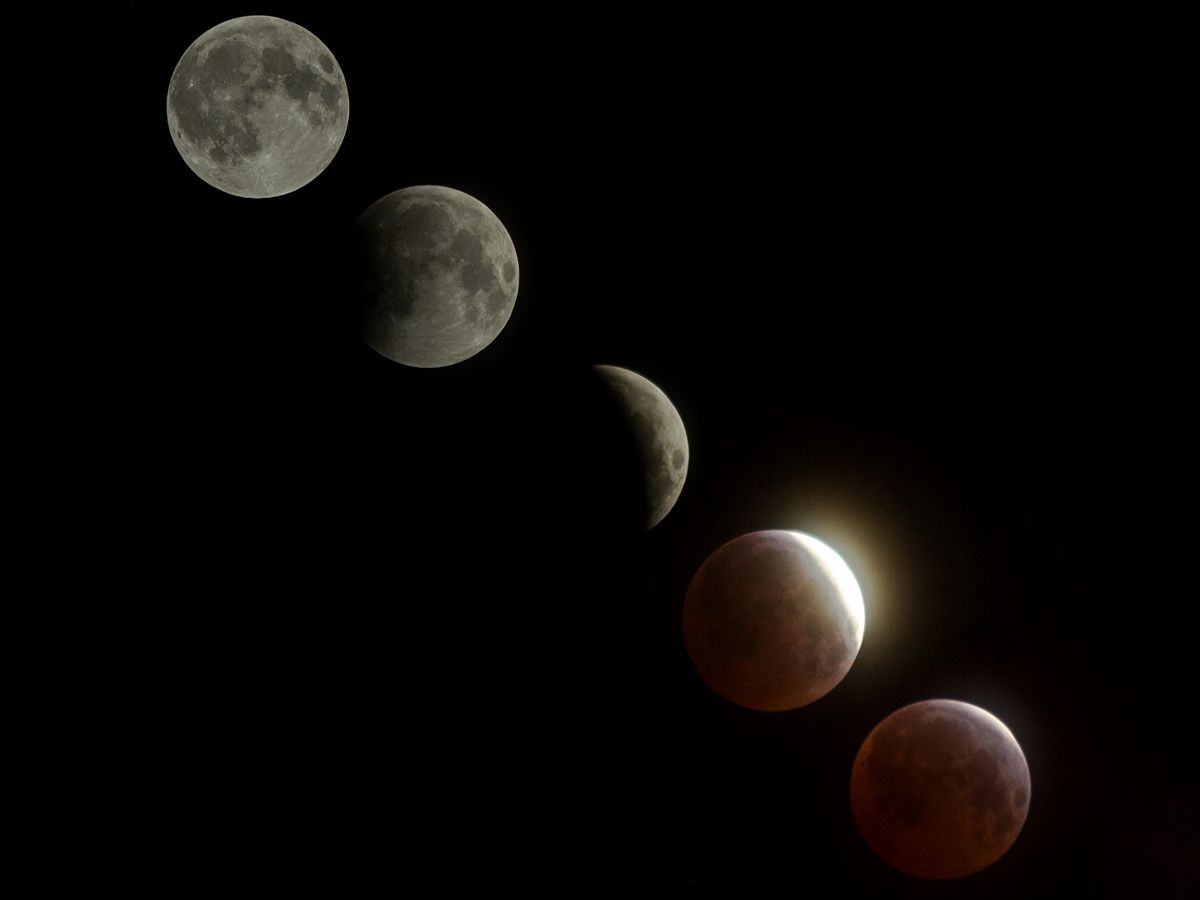
Once In A Blue Moon
The lunar cycle is 29.53 days long, which means that from one full moon or new moon to the next, it takes 29.53 days. Every month, therefore, has one full moon. However, at some point, the difference between the lunar month and Gregorian calendar month will pile up, and it will lead to two full moons in a particular month. The second full moon in a month is called a calendar blue moon, the other kind being a seasonal blue moon (which is the third full moon in an astronomical season that has four full moons). This year, however, since January got a blue moon on the 31st, February’s full moon has got pushed to March, giving March a second full moon – hence a blue moon as well. The full moons in March 2018 will occur on March 2 and March 31.
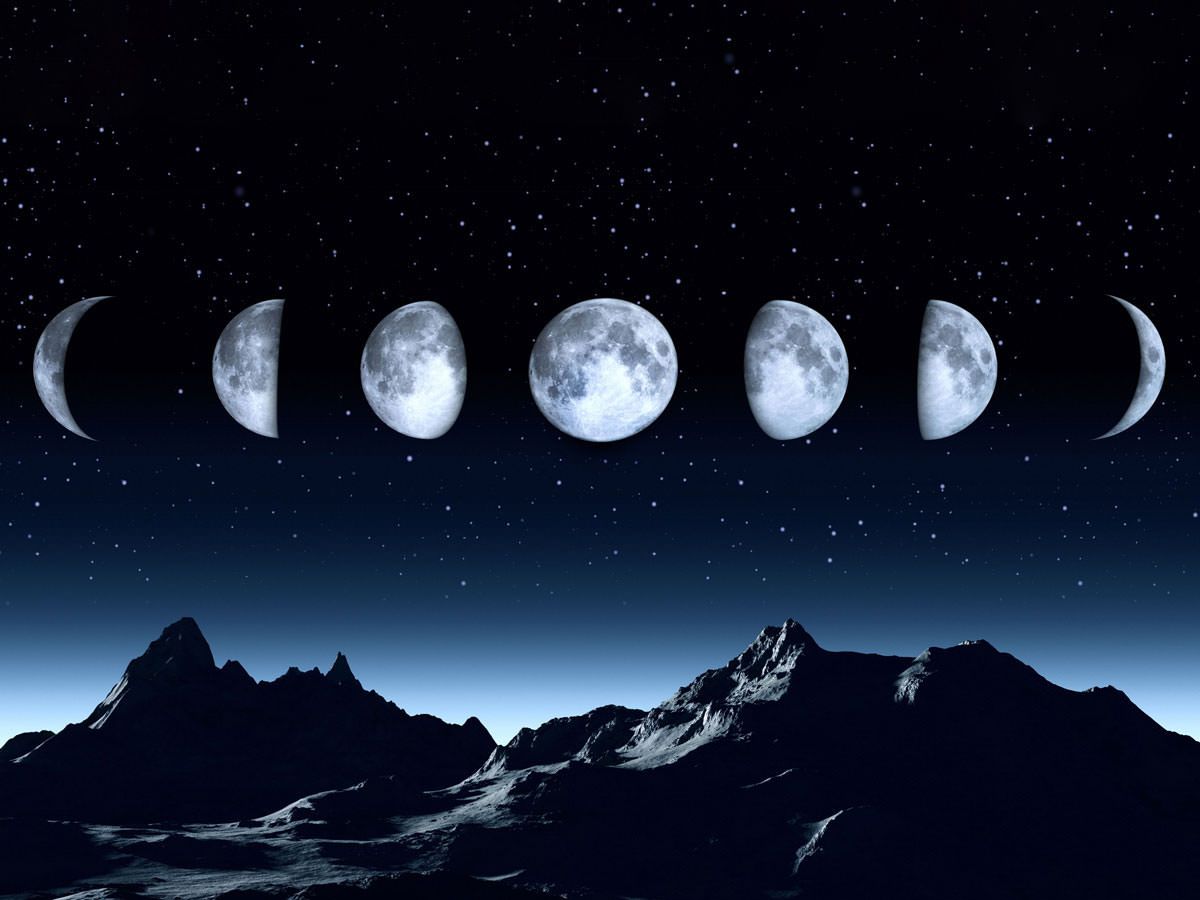
The Moon Phase Display
The moon phase indicator basically shows you all the phases of the moon in an aperture, from a new moon to the crescent to a quarter moon to the gibbous moon, to finally a full moon, and then back the other way around. This is realised through two full moons depicted on a disc behind an aperture, shaped like a semi-circle with two inward arcs on the flat side.
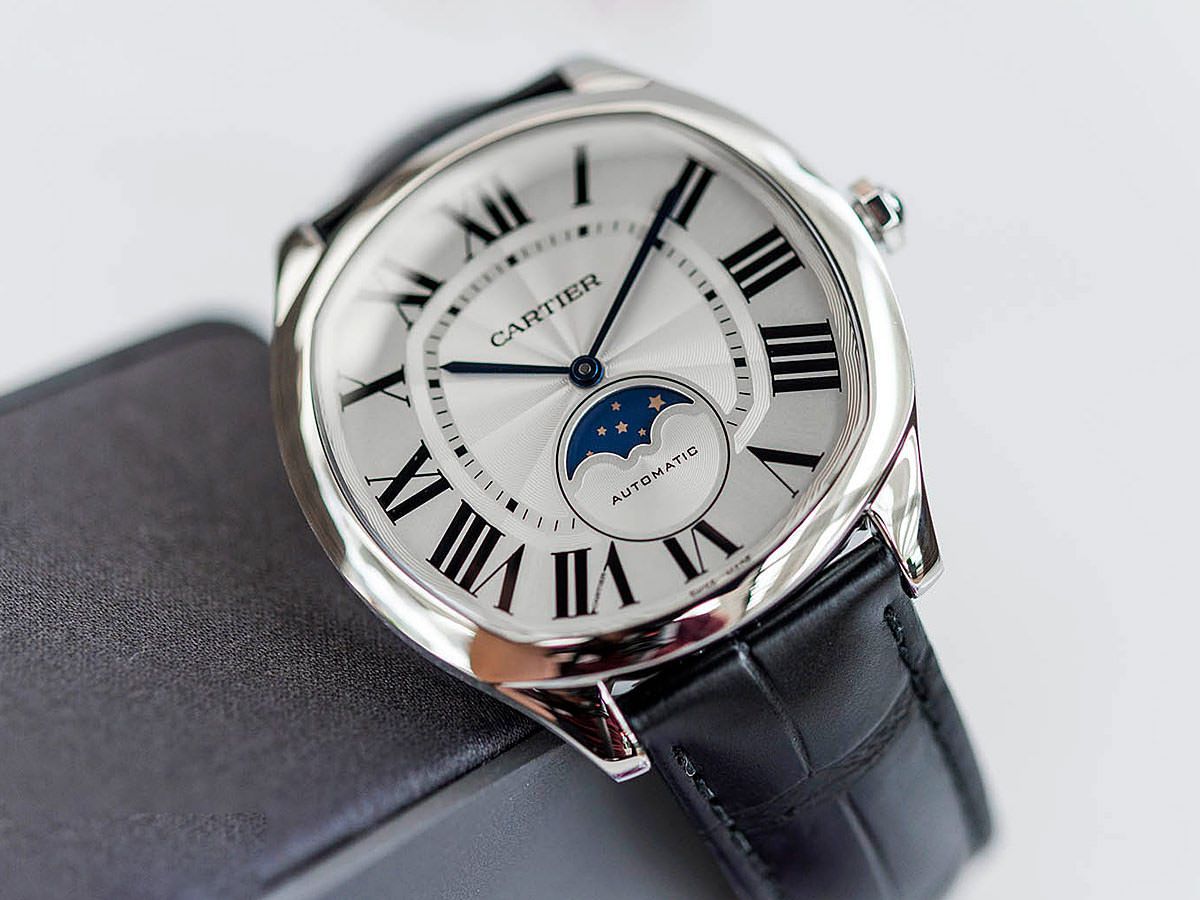
The two moons depicted on the disc never appear at the same time, as they are meant to represent the same moon. As one moon goes in from one side, the second moon comes out from the other. Whichever moon is seen in the aperture, the waxing and waning sides always remain the same.
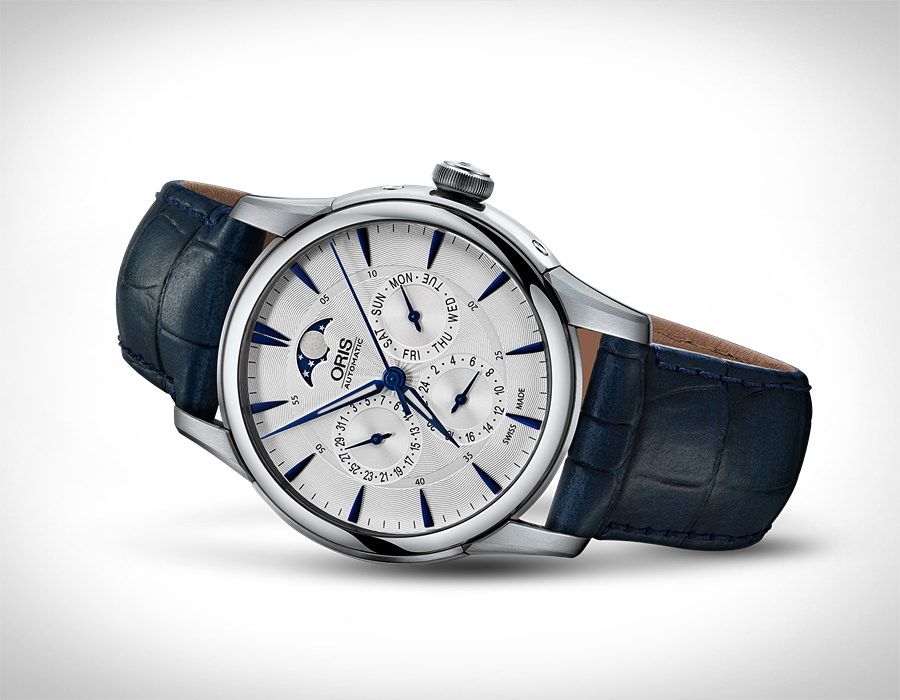

How The Moon Phase Indicator Works
The disc behind the display aperture is a gear wheel, with 59 teeth, and it connects with the hour wheel through a single finger. The mechanism works in a way that the moon wheel moves forward by one space once every 24 hours, hence making a full circle in 59 days owing to its 59 teeth. This means that for the moon disc to complete a half rotation, making the two moons depicted on the disc to switch places, it takes 29.5 days. Hence, each moon depicted passes through the aperture once in 29.5 days, which is the complete lunar cycle.
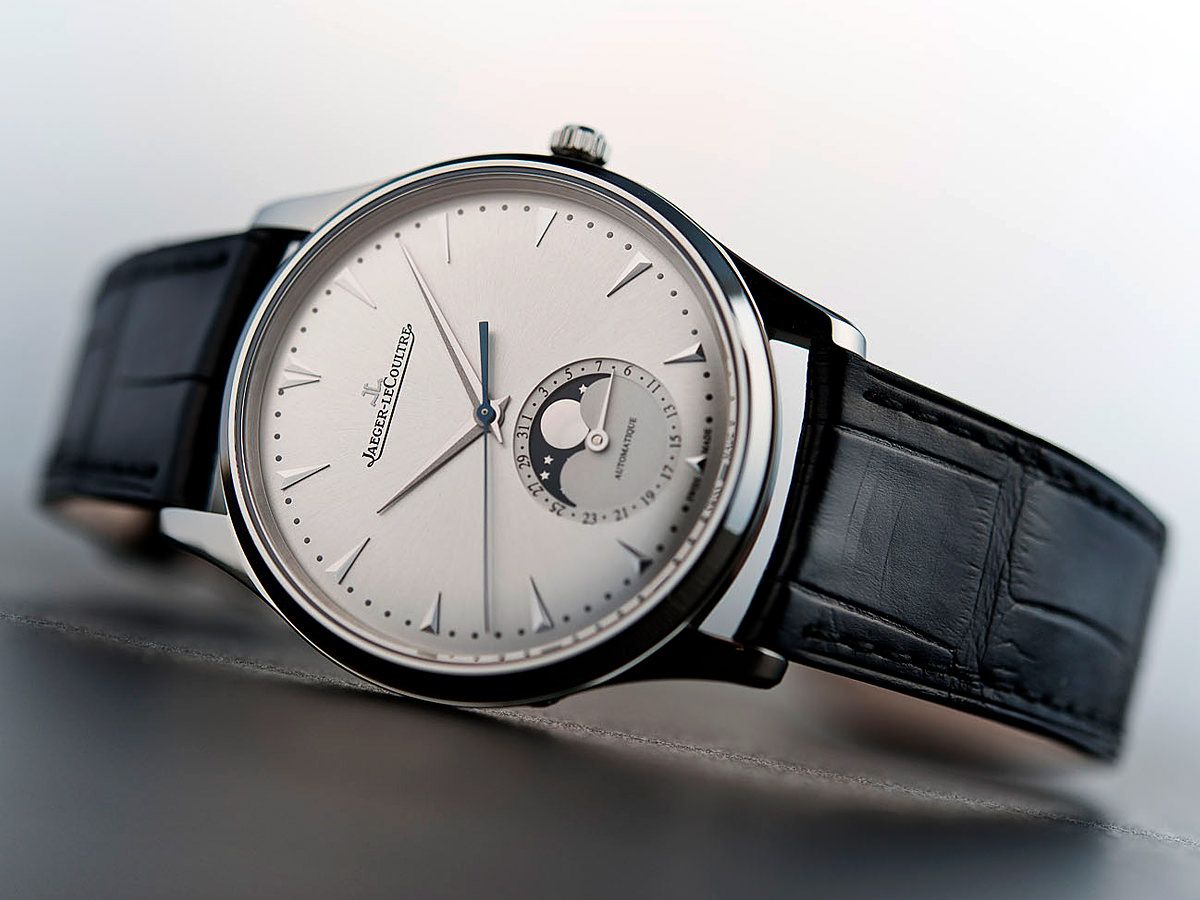
So from new moon to new moon, or full moon to full moon, it takes 29.5 days. Now because the real lunar cycle is 29.530588853 days long, it means that there will be a slight inaccuracy of about 0.03 days in the moon phase, which needs to be adjusted once every three years. Some watch manufacturers actually correct the inaccuracy with a more detailed complicated mechanism that ensures that the inaccuracy has to be adjusted only once in 122 years. That makes the highly complicated version of moon phase complication quite like the perpetual calendar complication.
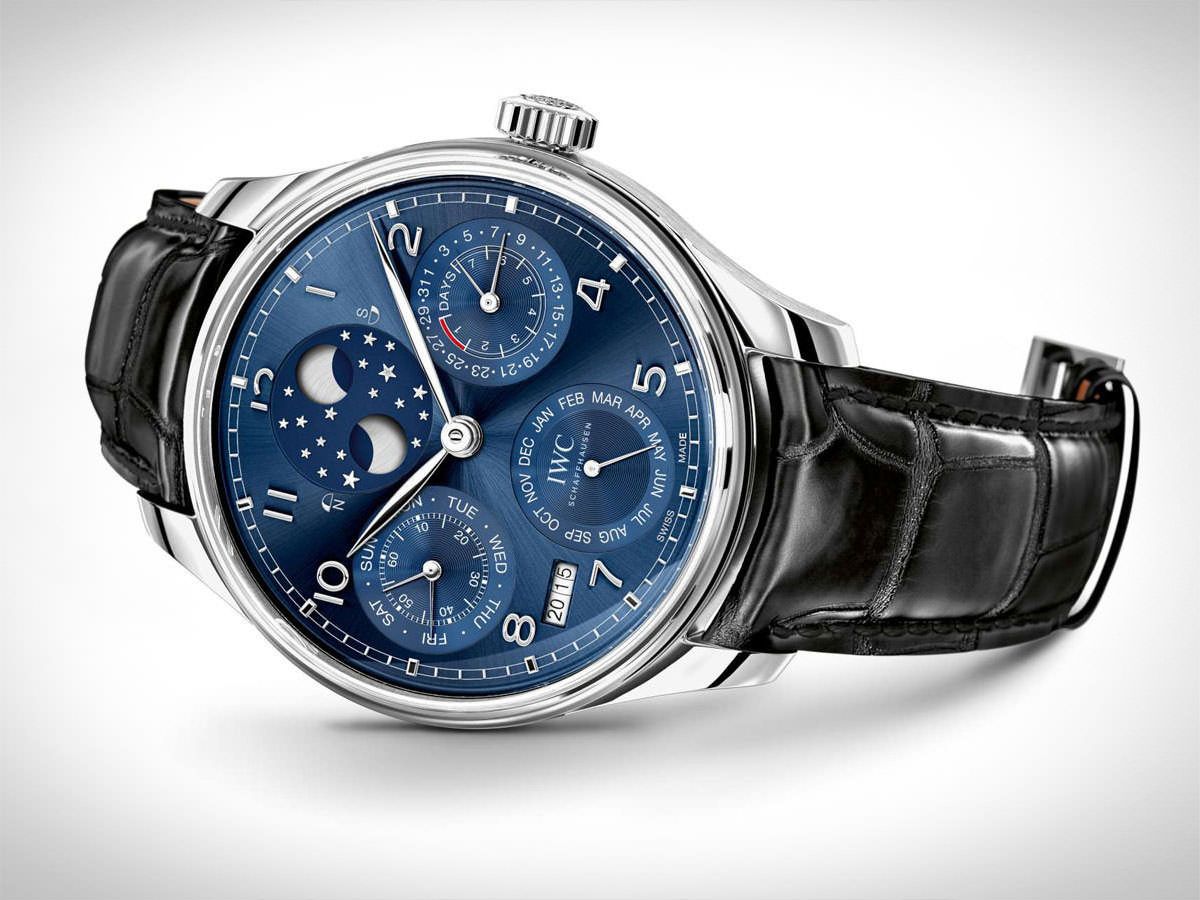
Often called a ‘romantic’ complication that isn’t all that functional, a moon phase indicator on a watch was at one point helpful for sailors to predict tides, which depend on lunar activity. Now, however, it’s more of a fanciful element for wearers of moon phase watches. Yet, very few will deny that it is indeed fascinating to see on your wrist what you see in the sky. Especially during a year such as this one, it’ll remind you next month when the next blue moon is due.
Click here to know more about the moon phase complication
Do scroll down to the comments section to tell us which moon phase watch you’d like to own


